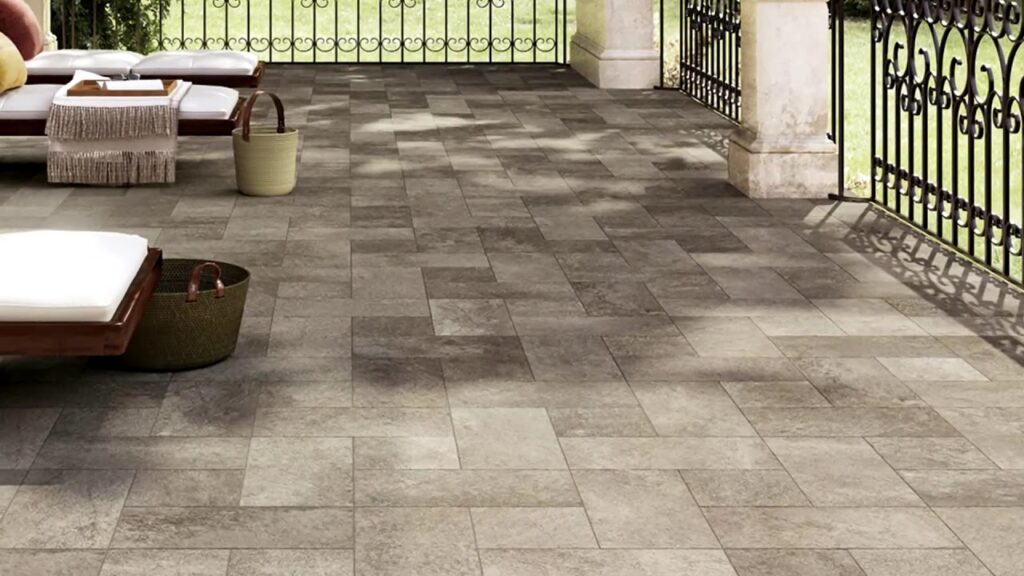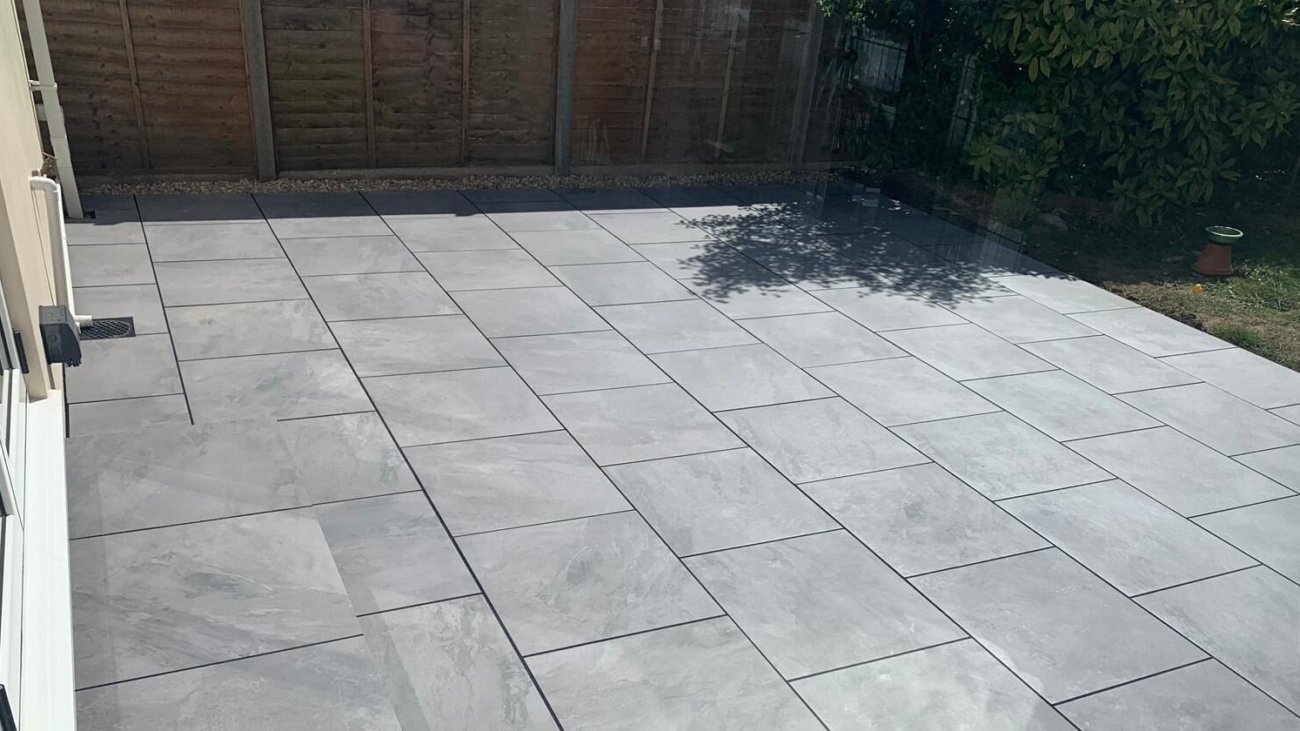A Timeless Classic with Modern Charm
Subway tiles have earned their reputation as one of the most versatile and timeless design elements in interiors. Their simple rectangular shape, clean lines, and understated elegance make them a favorite in kitchens, bathrooms, and beyond. While the classic glossy white subway tile never truly goes out of style, today’s homeowners and designers are giving this staple a modern twist—reimagining it with bold colors, new textures, and inventive layouts that breathe fresh life into a familiar design.
A Brief History of Subway Tiles
The story of subway tiles begins in 1904 with the opening of New York City’s first subway stations. Designers George C. Heins and Christopher Grant La Farge wanted a wall material that was both beautiful and practical: easy to clean, bright, and durable. The result was the now-iconic 3×6-inch white glazed ceramic tile, arranged in a brick-like pattern. This combination of utility and elegance soon moved from underground stations into homes, particularly kitchens and bathrooms, where its easy maintenance and crisp aesthetic made it a natural fit.
Modern Reinterpretations
Fast forward to today, and subway tiles are no longer limited to white rectangles. Designers and homeowners are pushing boundaries to create fresh takes on this classic:
See more: 3 Seater Sofas: Stylish and Practical Choices for Every Home
- Bold Colors: From deep navy blues to emerald greens and blush pinks, colored subway tiles instantly add personality and mood to a space.
- Textured Finishes: Handcrafted, rippled, or glossy-matte mixed surfaces introduce depth and artisanal charm.
- Oversized Formats: Larger subway tiles, like 4×12 or even elongated planks, make a dramatic statement while maintaining the clean look.
- Metallic & Matte Looks: Bronze, copper, or matte black finishes transform subway tiles into show-stopping features.
- Creative Grout Choices: Contrasting grout in black, gold, or colored hues adds definition and flair, turning the humble tile into a bold design statement.
Where to Use Subway Tiles Creatively
The beauty of subway tiles lies in their adaptability. In kitchens, they can serve as a sleek, reflective backsplash behind stovetops or sinks, creating a clean backdrop for both modern and farmhouse styles. Bathrooms benefit from their water resistance and versatility—whether in full shower walls, half-wall accents, or stylish vanity backdrops. Beyond the obvious, subway tiles can also bring texture and character to fireplaces, laundry rooms, or even entryways, proving they’re more than just a kitchen or bathroom staple.

Classic vs. Innovative Layouts
The traditional horizontal running-bond layout remains a go-to, but modern design is all about rethinking patterns:
- Vertical Stacking: Creates a contemporary, elongated look that draws the eye upward.
- Chevron & Herringbone: Add movement and sophistication, perfect for accent walls or backsplashes.
- Mixed Layouts: Combining different orientations or sizes brings a dynamic, custom feel.
These creative patterns elevate subway tiles from background material to a design feature in their own right.
Final Thoughts
Subway tiles may have humble beginnings, but their evolution proves they’re anything but ordinary. By experimenting with colors, finishes, patterns, and placements, you can take this century-old classic and make it entirely your own. Whether you’re refreshing a bathroom, updating a kitchen, or exploring new ways to add character to your home, subway tiles offer endless possibilities—timeless yet endlessly adaptable.

